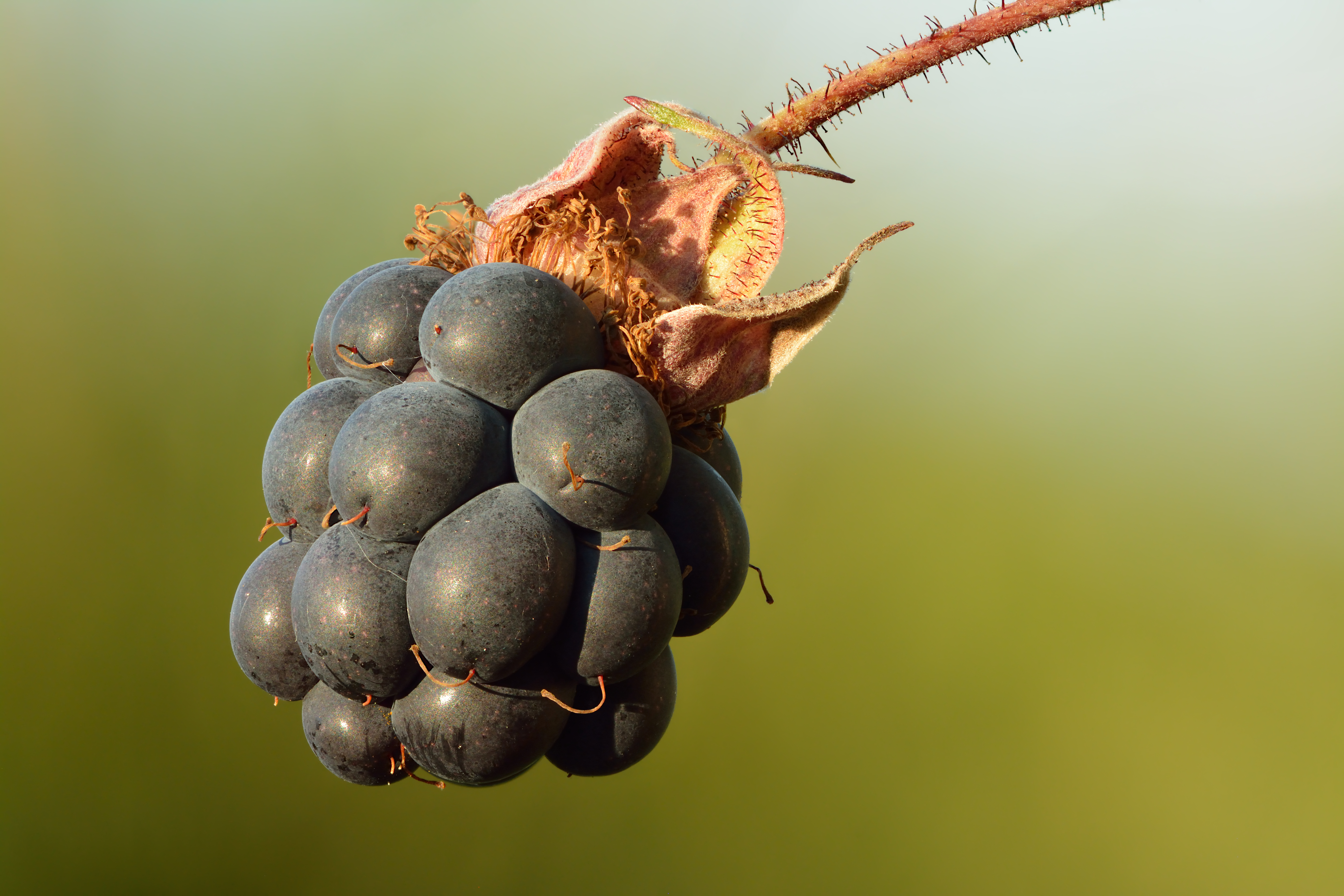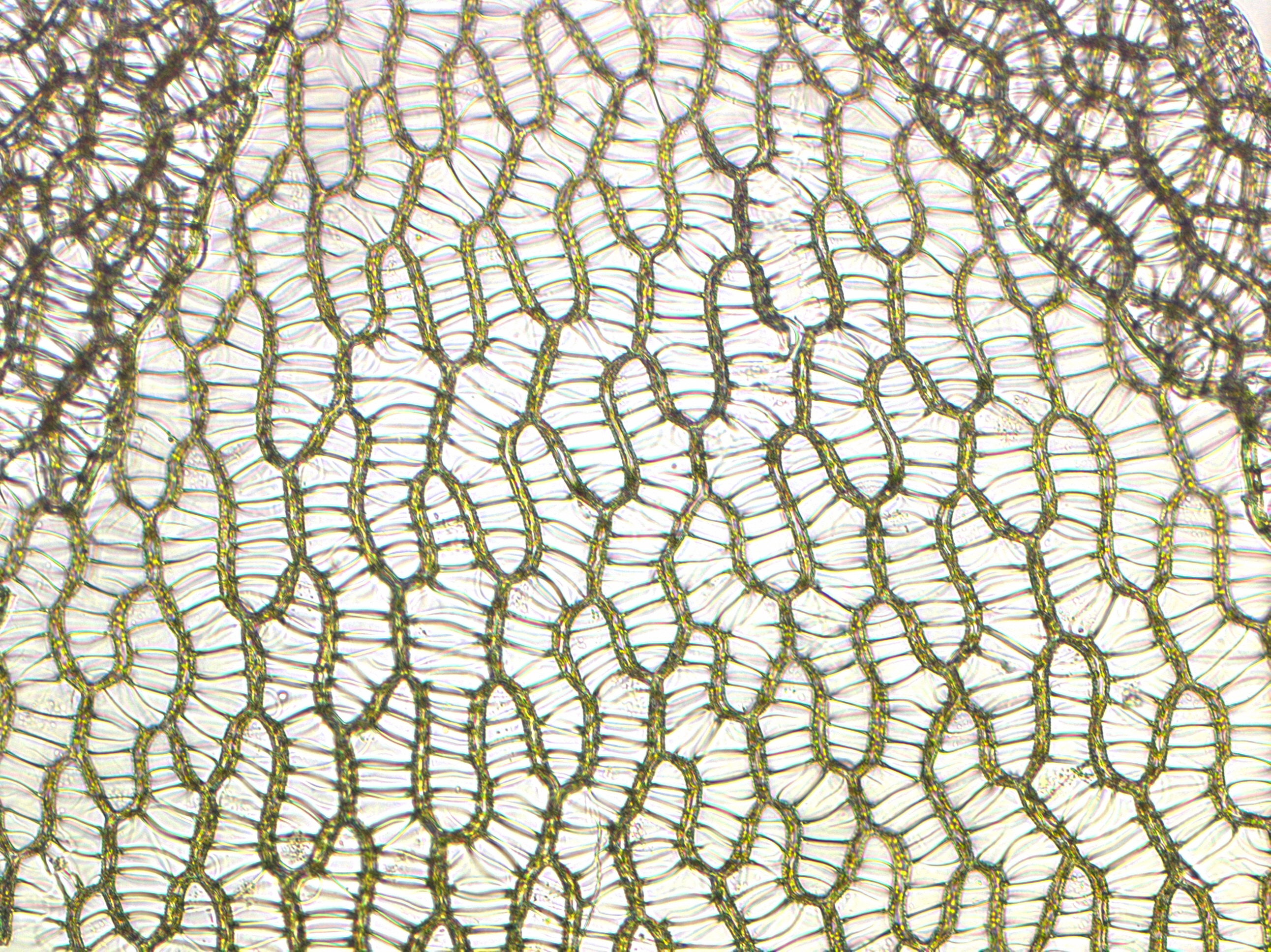|
Askham Bog
Askham Bog is small area of peat bog and Site of Special Scientific Interest situated within the Vale of York in North Yorkshire, England. It lies to the south-west of York, north of Copmanthorpe and near Askham Richard and Askham Bryan. It is regarded as one of the most ecologically diverse sites in Northern England. During the 2010s, a development of 500 houses was proposed for the edge of the bog on the outskirts of York city, but this was overturned in 2020. History and geographical formation Askham Bog formed in the Vale of York in a hollow which was flooded by meltwater from the last glacial retreat about 15,000 years ago. Two ridges of terminal moraine had formed on either side of the hollow, trapping the glacial meltwater between and behind them.Fitter A. H., Smith C. J. 1979. ''A Wood in Ascam, a Study in Wetland Conservation''. Ebor Press, York. The bog has a lowermost layer of boulder clay, sand, and gravel, which is sealed. Above this lies a distinct stra ... [...More Info...] [...Related Items...] OR: [Wikipedia] [Google] [Baidu] |
Peat Bog
A bog or bogland is a wetland that accumulates peat as a deposit of dead plant materials often mosses, typically sphagnum moss. It is one of the four main types of wetlands. Other names for bogs include mire, mosses, quagmire, and muskeg; alkaline mires are called fens. A bayhead is another type of bog found in the forest of the Gulf Coast states in the United States.Watson, Geraldine Ellis (2000) ''Big Thicket Plant Ecology: An Introduction'', Third Edition (Temple Big Thicket Series #5). University of North Texas Press. Denton, Texas. 152 pp. Texas Parks and Wildlife. Ecological Mapping Systems of Texas:West Gulf Coastal Plain Seepage Swamp and Baygall. Retrieved 7 July 2020 They are often covered in heath or heather shrubs rooted in the sphagnum moss and peat. The gradual accumulation of decayed plant material in a bog functions as a carbon sink. Bogs occur where the water at the ground surface is acidic and low in nutrients. A bog usually is found at a freshwater ... [...More Info...] [...Related Items...] OR: [Wikipedia] [Google] [Baidu] |
Menyanthes
''Menyanthes'' is a monotypic genus of flowering plants in the family Menyanthaceae containing the single species ''Menyanthes trifoliata''. The North American form is often referred to as ''M. trifoliata'' var. ''minor'' Michx. It is known in English by the common names bogbean, marsh trefoil and buckbean. Description ''Menyanthes trifoliata'' has a horizontal rhizome with Phyllotaxis, alternate, Leaf#Divisions of the lamina .28blade.29, trifoliate leaves. The inflorescence is an erect raceme of white flowers. The buds are rose-pink in color. The flowers when fully open look like "white stars" and the petals are fringed with white whiskers. The species occurs in fens and bogs in Asia, Europe, and North America. In eastern North America, it is considered to be a diagnostic fen species. It sometimes creates big quagmires with its thick roots. Taxonomy The name ''Menyanthes'' comes from Ancient Greek, Greek ''menyein'' 'disclosing' and ''anthos'' 'flower' in reference to the ... [...More Info...] [...Related Items...] OR: [Wikipedia] [Google] [Baidu] |
Topography
Topography is the study of the forms and features of land surfaces. The topography of an area may refer to the landforms and features themselves, or a description or depiction in maps. Topography is a field of geoscience and planetary science and is concerned with local detail in general, including not only relief, but also natural, artificial, and cultural features such as roads, land boundaries, and buildings. In the United States, topography often means specifically relief, even though the USGS topographic maps record not just elevation contours, but also roads, populated places, structures, land boundaries, and so on. Topography in a narrow sense involves the recording of relief or terrain, the three-dimensional quality of the surface, and the identification of specific landforms; this is also known as geomorphometry. In modern usage, this involves generation of elevation data in digital form ( DEM). It is often considered to include the graphic representation of t ... [...More Info...] [...Related Items...] OR: [Wikipedia] [Google] [Baidu] |
Ditch
A ditch is a small to moderate trench created to channel water. A ditch can be used for drainage, to drain water from low-lying areas, alongside roadways or fields, or to channel water from a more distant source for plant irrigation. Ditches are commonly seen around farmland, especially in areas that have required drainage, such as The Fens in eastern England and much of the Netherlands. Roadside ditches may provide a hazard to motorists and cyclists, whose vehicles may crash into them and get damaged, flipped over, or stuck and cause major injury, especially in poor weather conditions and rural areas. Etymology In Anglo-Saxon, the word ''dïc'' already existed and was pronounced ("deek") in northern England and "deetch" in the south. The origins of the word lie in digging a trench and forming the upcast soil into a bank alongside it. This practice has meant that the name ''dïc'' was given to either the excavation or the bank, and evolved to both the words "dike"/" ... [...More Info...] [...Related Items...] OR: [Wikipedia] [Google] [Baidu] |
Carr (landform)
A carr is a type of waterlogged wooded terrain that, typically, represents a Ecological succession, succession stage between the original reedy marsh and the likely eventual formation of forest in a sub-maritime climate.Whittow, John (1984). ''Dictionary of Physical Geography''. London: Penguin, 1984. . Carrs are wetlands that are dominated by shrubs rather than trees. The carr is one stage in a hydrosere: the progression of vegetation beginning from a terrain submerged by fresh water along a river or lake margin. In sub-maritime regions, it begins with Reed bed, reed-marsh. As the reeds decay, the soil surface eventually rises above the water, creating fens that allow vegetation such as sedge to grow. As this progression continues, riparian zone, riparian trees and bushes appear and a carr landscape is created – in effect a wooded fen in a waterlogged terrain. At this stage, overall, unlike the overwhelming acidity of decaying reeds, the pH is not too acidic and the soil is not ... [...More Info...] [...Related Items...] OR: [Wikipedia] [Google] [Baidu] |
Fen-meadow
A fen-meadow is a type of peatland, common in North America and Europe, that receives water from precipitation and groundwater. Habitat The continuous flow of mineral-rich and nutrient-poor acidic groundwater through fen-meadow topsoil fosters endemic plant species, including plant associations such as '' Juncus subnodulosus-Cirsium palustre'', and protects them from floods, droughts, and nutrient pollution. Degradation by human activity Fen meadows have been severely impacted by farming, resulting in hydrological changes, acidification, and nutrient pollution, leaving few preserved into the 21st century. Compositional transformations and increased groundwater flow have the greatest effect this habitat and can degrade peat. Keeping water tables at appropriate levels allows fen meadows to regulate themselves. Restoration efforts are difficult and no deteriorated fens have been fully restored. Therefore, preservation efforts focus on maintaining fen meadows with slight to ... [...More Info...] [...Related Items...] OR: [Wikipedia] [Google] [Baidu] |
Askham Bogs Diverse Habitats (geograph 2061172) , Cumbria, England
{{geodis ...
Askham could refer to: ;in England: *Askham, Cumbria * Askham, Nottinghamshire *Askham Bryan, York *Askham Richard, York ;in South Africa: * Askham, Northern Cape See also *Askam and Ireleth Askam and Ireleth is a civil parish close to Barrow-in-Furness in Westmorland and Furness, Cumbria, England. Historically part of Lancashire, it originally consisted of two separate coastal villages with different origins and histories which, i ... [...More Info...] [...Related Items...] OR: [Wikipedia] [Google] [Baidu] |
David Attenborough
Sir David Frederick Attenborough (; born 8 May 1926) is an English broadcaster, biologist, natural historian and writer. He is best known for writing and presenting, in conjunction with the BBC Studios Natural History Unit, the nine nature documentary series forming the ''Life'' Collection, a comprehensive survey of animal and plant life on Earth. Attenborough was a senior manager at the BBC, having served as controller of BBC Two and director of programming for BBC Television in the 1960s and 1970s. First becoming prominent as host of '' Zoo Quest'' in 1954, his filmography as writer, presenter and narrator has spanned eight decades; it includes ''Natural World'', '' Wildlife on One'', the ''Planet Earth'' franchise, '' The Blue Planet'' and its sequel. He is the only person to have won BAFTA Awards in black and white, colour, high-definition, 3D and 4K resolution. Over his life he has collected dozens of honorary degrees and awards, including three Emmy Awards ... [...More Info...] [...Related Items...] OR: [Wikipedia] [Google] [Baidu] |
East Anglia
East Anglia is an area of the East of England, often defined as including the counties of Norfolk, Suffolk and Cambridgeshire, with parts of Essex sometimes also included. The name derives from the Anglo-Saxon kingdom of the East Angles, a people whose name originated in Anglia (Angeln), in what is now Northern Germany. East Anglia is a predominantly rural region and contains mainly flat or low-lying and agricultural land. The area is known for considerable natural beauty. It shares a long North Sea coastline and contains one of the ten national parks in England, The Broads. Norwich is the largest city in the region. Area Definitions of what constitutes East Anglia vary. The Anglo-Saxon Kingdom of East Anglia, established in the 6th century, originally consisted of the modern counties of Norfolk and Suffolk and expanded west into at least part of Cambridgeshire, typically the northernmost parts known as The Fens. The modern NUTS 2 statistical unit of East Anglia compri ... [...More Info...] [...Related Items...] OR: [Wikipedia] [Google] [Baidu] |
Ombrotrophic
Ombrotrophic ("cloud-fed"), from Ancient Greek ὄμβρος (''ómvros'') meaning "rain" and τροφή (''trofí'') meaning "food"), refers to Soil, soils or vegetation which receive all of their water and nutrients from precipitation, rather than from streams or springs. Such environments are hydrology, hydrologically isolated from the surrounding landscape, and since rain is acidic and very low in Plant nutrition, nutrients, they are home to organisms tolerant of acidic, low-nutrient environments. The vegetation of ombrotrophic peatlands is often bog, dominated by ''Sphagnum'' mosses. The hydrology of these environments are directly related to their climate, as precipitation is the water and nutrient source, and temperatures dictate how quickly water evaporates from these systems. Ombrotrophic circumstances may occur even in landscapes composed of limestone or other nutrient-rich substrates – for example, in high-rainfall areas, limestone boulders may be capped by acidic o ... [...More Info...] [...Related Items...] OR: [Wikipedia] [Google] [Baidu] |
Sphagnum Mosses
''Sphagnum'' is a genus of approximately 380 accepted species of mosses, commonly known as sphagnum moss, also bog moss and quacker moss (although that term is also sometimes used for peat). Accumulations of ''Sphagnum'' can store water, since both living and dead plants can hold large quantities of water inside their cells; plants may hold 16 to 26 times as much water as their dry weight, depending on the species.Bold, H. C. 1967. Morphology of Plants. second ed. Harper and Row, New York. p. 225–229. The empty cells help retain water in drier conditions. As ''Sphagnum'' moss grows, it can slowly spread into drier conditions, forming larger mires, both raised bogs and blanket bogs. Thus, ''Sphagnum'' can influence the composition of such habitats, with some describing ''Sphagnum'' as 'habitat manipulators' or 'autogenic ecosystem engineers'. These peat accumulations then provide habitat for a wide array of peatland plants, including sedges and ericaceous shrubs, as well as or ... [...More Info...] [...Related Items...] OR: [Wikipedia] [Google] [Baidu] |
Acidophilic
Acidophiles or acidophilic organisms are those that thrive under highly acidic conditions (usually at pH 5.0 or below). These organisms can be found in different branches of the tree of life, including Archaea, Bacteria,Becker, A.Types of Bacteria Living in Acidic pH" Retrieved 10 May 2017. and Eukarya. Examples A list of these organisms includes: Archaea :* Sulfolobales, an order in the Thermoproteota branch of Archaea :* Thermoplasmatales, an order in the Euryarchaeota branch of Archaea :* ARMAN, in the Euryarchaeota branch of Archaea :* '' Acidianus brierleyi, A. infernus'', facultatively anaerobic thermoacidophilic archaebacteria :* ''Halarchaeum acidiphilum'', acidophilic member of the Halobacteriacaeae :* ''Metallosphaera sedula'', thermoacidophilic Bacteria :* Acidobacteriota, a phylum of Bacteria :* Acidithiobacillales, an order of Pseudomonadota e.g. ''A. ferrooxidans, A. thiooxidans'' :*''Thiobacillus prosperus, T. acidophilus, T. organovorus, T. cuprinus'' :*'' Ace ... [...More Info...] [...Related Items...] OR: [Wikipedia] [Google] [Baidu] |





